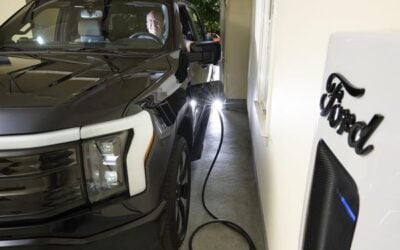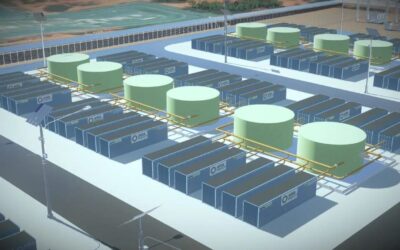
Electric power distribution company WEL Networks and developer Infratec have launched their grid-connected battery energy storage system (BESS) in New Zealand.
The two companies said last Friday (20 October) that their 35MW/35MWh project, in the Waikato region of New Zealand’s Upper North Island, has entered the commissioning phase.
Infratec general manager Nick Bibby said that the storage system is “the first of its scale to be built in New Zealand”. As reported by Energy-Storage.news, the two companies completed their assessment of the project in late 2021, selecting a site in Huntly, a town in the Waikato District.
They then announced the appointment of key contractors in March of last year, with French battery manufacturer and system integrator Saft supplying the BESS solution, and Power Electronics NZ providing power conversion system equipment.
Try Premium for just $1
- Full premium access for the first month at only $1
- Converts to an annual rate after 30 days unless cancelled
- Cancel anytime during the trial period
Premium Benefits
- Expert industry analysis and interviews
- Digital access to PV Tech Power journal
- Exclusive event discounts
Or get the full Premium subscription right away
Or continue reading this article for free
A number of local electrical contractors, civil engineers and logistics companies were also involved.
Regular readers may recall that the project was originally expected to come online before the end of 2022. WEL Networks said last week that the Huntly BESS’ construction was faced with some challenges resulting from global supply chain constraints that have widely impacted the industry. The start of construction was also pushed back from July to late August 2022.
The BESS will help integrate growing shares of renewable energy from variable wind and solar PV generation, while also providing fast reserve ancillary services to the grid. WEL Networks and Infratec said they are actively pursuing other opportunities to enhance resilience and increase access to renewable energy in the region.
Improving the scale of storage
New Zealand currently has a couple of 1MW battery storage systems in operation, but certainly nothing on the scale of the BESS in Huntly.
However, electricity generator and retailer Meridian Energy – owned by UK renewables utility Good Energy – is currently building another project almost three times as big in megawatt terms and of 2-hour duration, also on the North Island of New Zealand.
Meridian’s project, Ruakākā Battery Energy Storage System is about 250km north of WEL Networks-Infratec’s. It is a 100MW/200MWh BESS, and Saft will also supply the storage solution at the project. Meridian intends to build a 130MW solar PV plant at the site at a later date.
Meridian committed to its construction in December 2022 and the Ruakākā BESS is scheduled to go into commercial operation within the first half of 2024. It will free up hosting capacity in reserve markets and provide frequency regulation and arbitrage applications, while Meridian said it will earn roughly NZ$35 million (US$20.52 million) a year against expected annual running costs of about NZ$6 million.
The cost of WEL Networks and Infratec’s BESS was cited at an expected NZ$25 million earlier in the development cycle, while Meridian expected capital investment was given as NZ$186 million before construction began.
Meridian head of renewables development Rebecca Knott said its project was the “first of many” the company intends to build, and that Meridian foresees the need for four or five batteries of that scale across New Zealand.
The country’s government is known to be considering the development of large-scale pumped hydro energy storage (PHES) facilities to provide long-duration energy storage that would enable bulk integration of renewables. In March NZ Battery Project, a government-led group, estimated that between 3TWh and 5TWh of PHES could help plug the deficit the country experiences during ‘dry years’ for hydroelectric generation.
According to official statistics, about 40% of New Zealand’s primary energy comes from renewable sources including geothermal and hydroelectric, which is the third highest among members of the Organisation for Economic Co-operation and Development, after Norway and Iceland. That equates to about 82% renewables for electricity generation.





